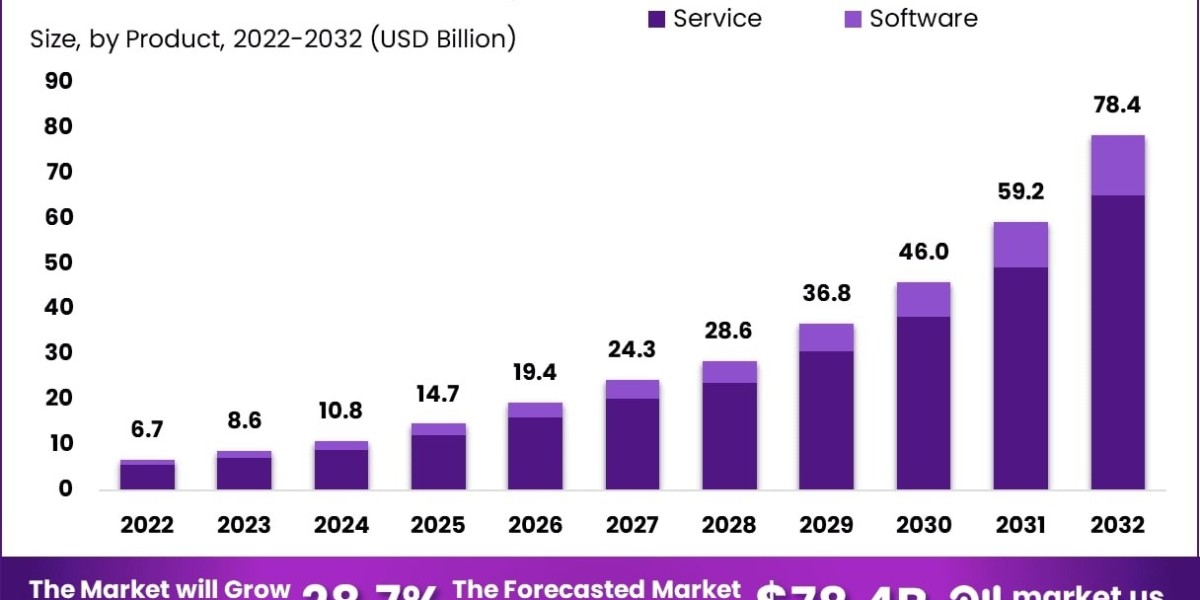Hiring is more than merely filling a position. It all comes down to selecting the ideal candidate—someone whose abilities, principles, and potential complement your group and your goals. The issue? The majority of conventional hiring procedures are based on job descriptions rather than on individuals. They frequently overlook what truly counts—the person behind the resume—in favor of checklists, titles, and processes.
A people-first hiring approach can help with that. It's a change from only assessing credentials to learning about a candidate's personality, motivations, and potential for advancement inside your organization. Connection is more important than credentials. Additionally, when done well, it results in more meaningful work for all parties involved, stronger teams, and improved retention.
Why the Traditional Way Falls Short
Many hiring model feel like a race against time, let's face it. After posting a job, you receive dozens or even hundreds of applications. You then review the resumes in the hopes of finding the "right one." However, businesses frequently lose sight of the wider picture in this haste.
Titles of jobs might be deceptive. Real skill is not necessarily reflected in years of experience. Additionally, some of the top applicants—creative thinkers, quick learners, or culture builders—might not meet all the requirements on paper, but nevertheless offer tremendous long-term value.
Worse, candidates feel it too. They’re often treated like numbers in a system, left waiting for weeks with no feedback, or asked irrelevant questions that tell nothing about who they are. That experience matters—and it shapes how people view your brand.
Putting People First: What It Really Means
Hiring with a people-first approach is the opposite. Qualifications are still valued, of course, but it takes a closer look. Asking more insightful questions about objectives, teamwork, and learning and development is the first step. It also entails designing a procedure that, from beginning to end, feels just, courteous, and human.
Here’s what that looks like in action:
1. Hiring for Potential, Not Just Experience
Instead of just ticking off a list of past roles, focus on where a candidate could go next. Ask: Can they learn quickly? Do they adapt well? Have they shown curiosity or leadership, even in small ways? This approach opens doors for more diverse talent and often leads to higher engagement once hired.
2. Matching Values, Not Just Skills
It is possible to teach hard skills. Mutual respect, same beliefs, and compatible work styles cannot. This is why it's critical to take the time to discuss team culture, communication styles, and the motivations behind each individual's work. These are the strands that build enduring cooperation and trust.
3. Making Interviews a Two-Way Conversation
It should never feel like an interrogation during an interview. Invite candidates to participate in a conversation rather than questioning them. Permit them to inquire. Tell authentic tales about your group. Give them an idea of the people and the work that goes into it. Better decisions are made when both parties get to know one another.
4. Prioritizing the Candidate Experience
From how quickly you answer to how you provide feedback, every step of the process conveys a message. A polite, open encounter fosters goodwill even if the person isn't the ideal fit right now. And word gets around about that reputation. People's opinions on how they are handled can either help or hurt your brand.
5. Collaborating Across Teams
One person shouldn't make all of the hiring decisions. To obtain a more complete picture of the candidate, include opinions from other departments or positions. In addition to preventing bias, this helps the candidate have a better idea of the people they will be collaborating with.
The Results: Stronger Teams, Happier People
When you hire this way, something changes. People don’t just accept offers—they feel genuinely excited to join. They understand the mission, know what’s expected, and feel seen from day one.
Retention improves because people are hired for who they are, not just what they can do in the short term. Teams communicate better. Trust grows faster. And even when challenges come up—as they always do—there’s more goodwill to work through them.
A Better Future for Hiring
Treating people like people is the fundamental idea behind this model. That might seem straightforward, but it's surprisingly uncommon in a world where generic queries and automated filters are commonplace.
Hiring is one of the most human things we do; it's not just a corporate procedure. It's about sharing your narrative, your team, and your place with someone. Everyone gains when you take the effort to make it genuine, considerate, and personal.







